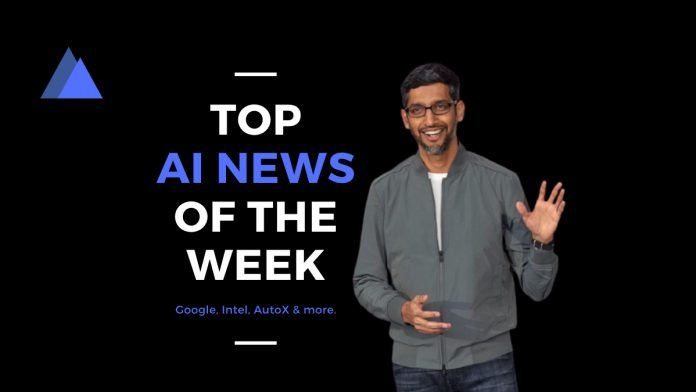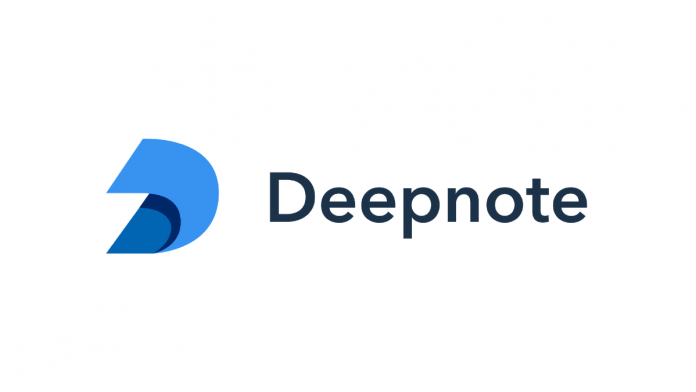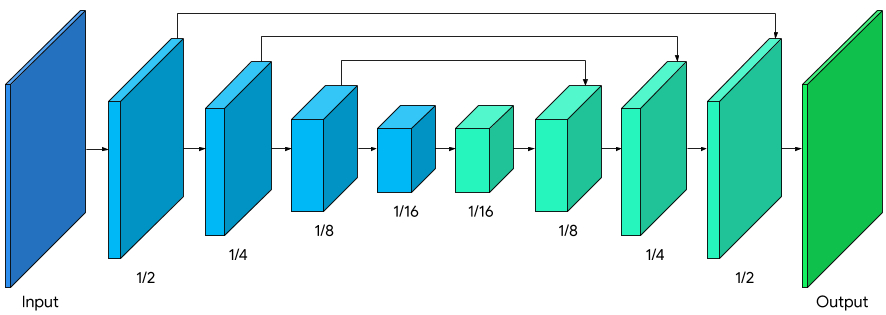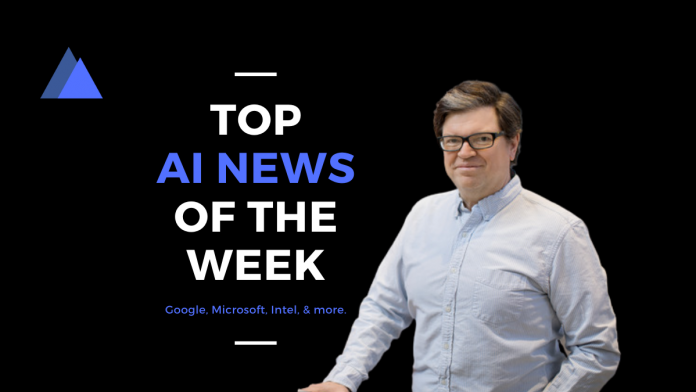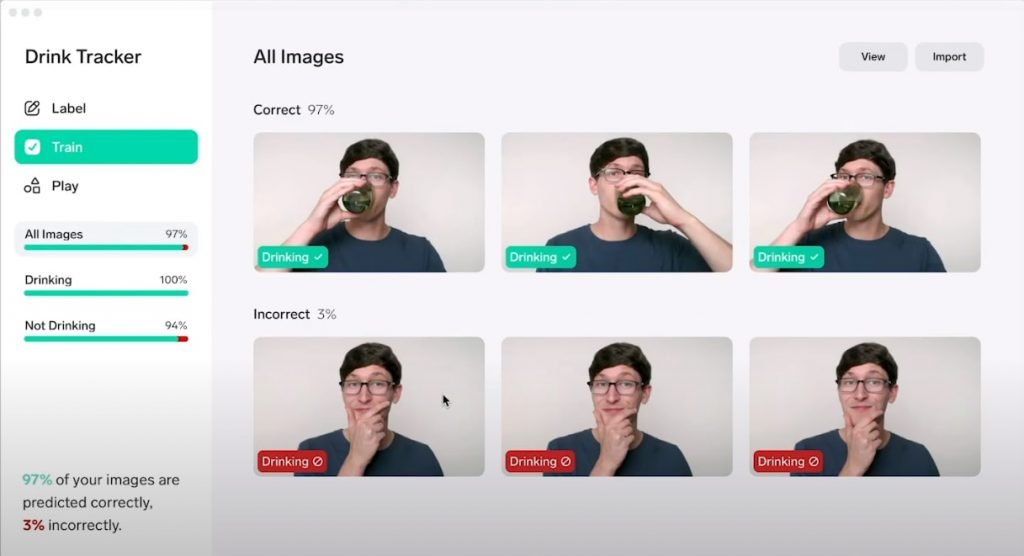The adoption of artificial Intelligence-based conversational systems is at an all-time high to maintain business continuity during the pandemic. According to Statista, the chatbots market is going to increase and reach 454.8 million in revenue by 2027, up from $40.9 million in 2018. Such a trend has also opened up opportunities for hackers to attack chatbots and disrupt customer services. The attacks, however, are not limited to dated practices; today, hackers are leveraging cost-efficient machine learning techniques to attack conversational AI systems at scale. One of the biggest challenges of AI attacks is the sophistication and ability to adjust behavior based on a systems’ defences. To address these problems, Scanta Inc, an AI-based cybersecurity firm, is assisting businesses in protecting virtual assistant chatbots against machine learning attacks.
Scanta provides security for conversational systems like Chatbots, robo-advisors, and virtual assistants against adversarial attacks. “By using AI against AI attacks, we hope to lessen the burden on security professionals. We provide a SaaS solution for integration, which acts as a proxy to provide inline defence,” says Anil Kaushik, CTO of Scanta. The company carries out significant research on machine learning attacks and collects several signals to identify the sophistication of malicious activities. By gathering metadata, Scanta is able to devise a solution to identify cyberattacks of AI systems that learn chatbots’ behavior and bypass the threshold to stay undetected.
Powered by machine learning algorithms, Scanta’s solution–VA Shield–builds deep models capturing features for all inputs and outputs in conversational systems to build unique unbreachable attributes in real-time. VA Shield also builds models for chatbots in addition to user inputs so it can be used to isolate any malicious insider activities prevalent in chatbots. The multiple layers in VA Shield allow it to build such unique DNA that protects conversational systems from within. To make a resilient solution, the multiple layers include capturing device information used for interaction, network characteristics, end-user input, and system output. “Both the input and output are extremely critical aspects of protecting conversational AI. VA Shield performs deep inspection of each conversation in systems to defend inputs and outputs efficiently,” explains Kaushik. The solution is specifically designed to collect multiple attributes and analyze the differences in the conversations. Identification of these differences enables VA Shield to isolate any malicious activities in the system.
Equipped with state-of-the-art machine learning techniques, Scanta is working closely with organizations that either offer or have integrated chatbots for providing a superior customer experience. Since this is the first foray for most companies in monitoring conversational systems at scale, Scanta simplifies the onboarding process for its clients by helping them implement VA Shield effectively. As one of the first companies to focus on cybersecurity for conversational platforms, Scanta offers enterprises the opportunity to protect conversational AI systems in ways that were not possible before. By having an AI-based system to uncover and block these attacks, Scanta hopes to automate the tasks of security professionals, leaving them more time to focus on higher-order security issues.
Scanta, being a pioneer in AI-based cybersecurity solutions for conversational systems, credits its team which is behind the ability of its solutions. To hire the right team, Scanta uses a referral system to maximize access to proficient cybersecurity talent in the market; but being independent of location helps Scanta source talent over a wide geographic footprint. “We have current executives with expertise in cybersecurity giving us a large pool to recruit from,” says Chaitanya Hiremath, CEO of Scanta. “We also provide an opportunity for engineers to work in the cutting-edge field of AI security and so we believe we are in a good position to build an industry-leading team to drive product innovation.”
In the future, Scanta is committed to protecting conversational systems like chatbots, robo-advisors, virtual assistants, social media, group chats, virtual agents, and email from bad actors.





